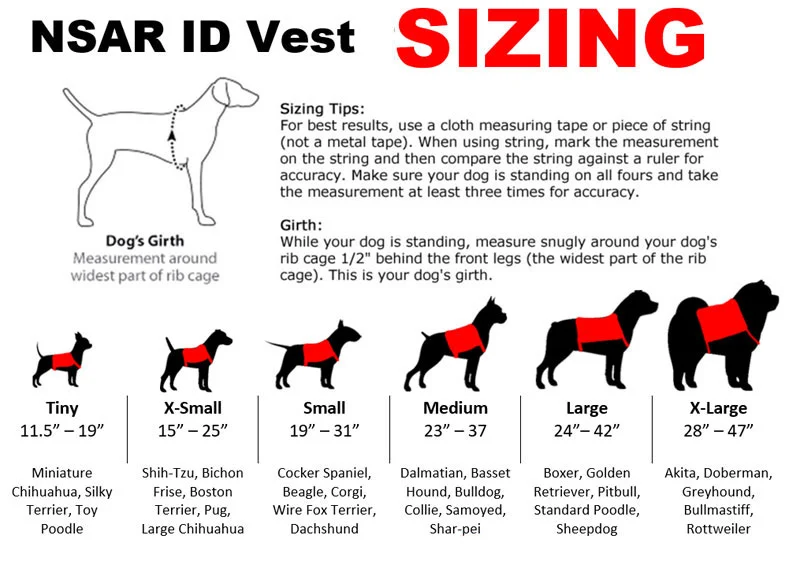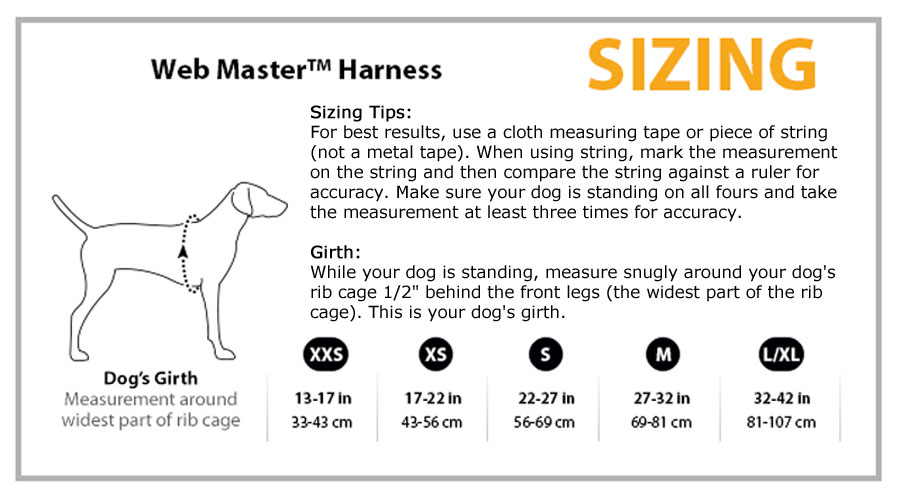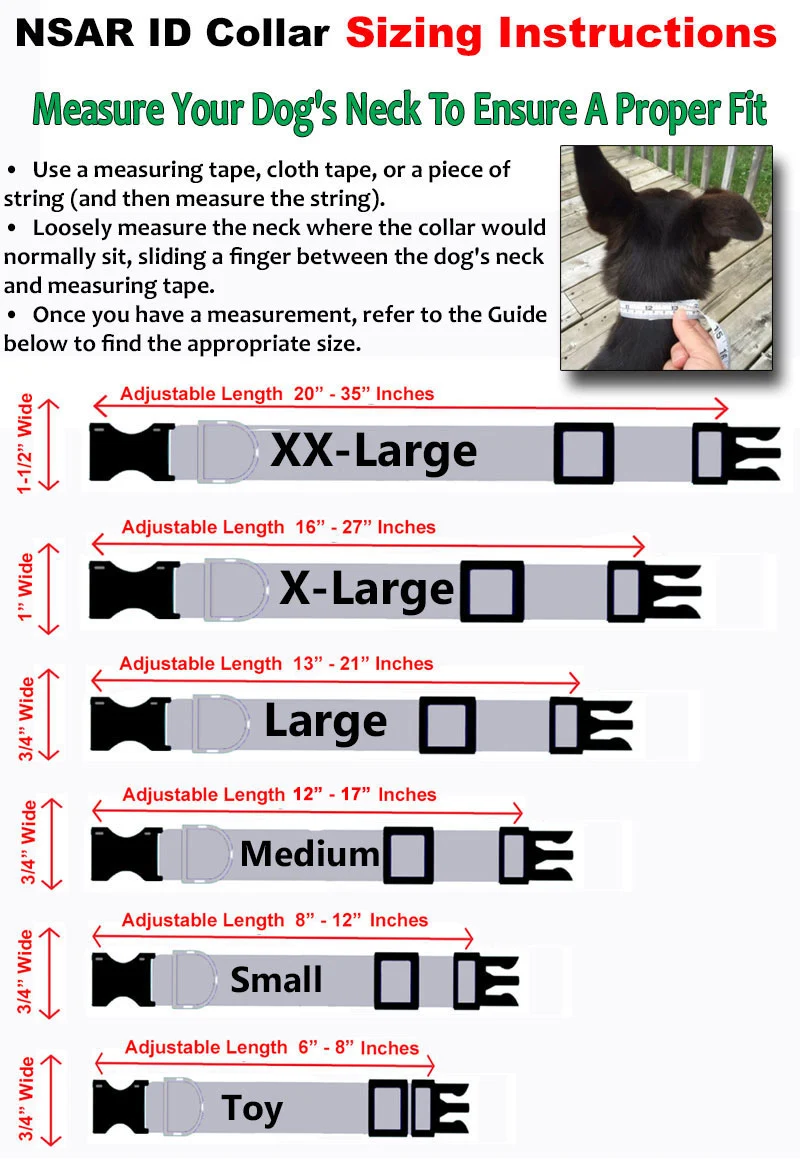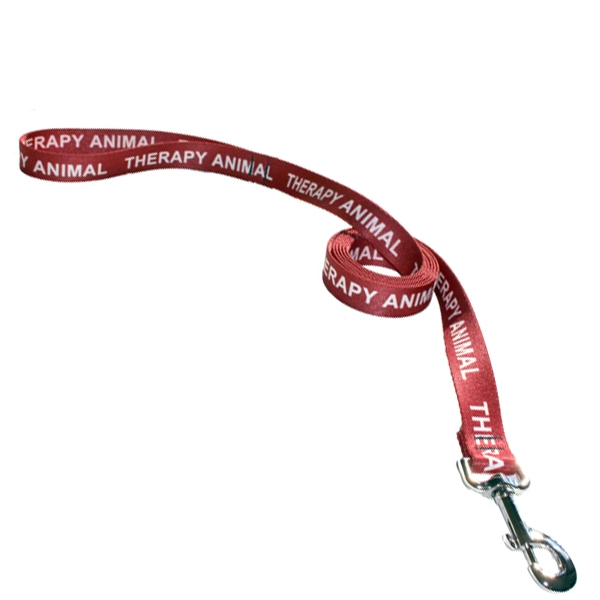
Every year, around 2 million dogs are stolen in the US, and according to the American Kennel Club (AKC), cases of dognapping (dogs thefts) are on the rise.
You might think that your service dog isn’t at risk because he rarely leaves your side, but that does not mean he/she is safe. Dog thieves are typically quite adept, and there have been many cases of dogs being stolen quickly and efficiently while the owner was distracted – even if only for a few seconds.
This article discusses the issues around dognapping. We will outline the most effective ways to prevent your service dog or emotional support animal (ESA) from being stolen and provide information about what to do if the unthinkable happens and your dog disappears.
Why do people steal dogs?
Purebreds are often stolen so they can be sold, sometimes to order, sometimes opportunistically. Designer dogs (carefully mixed breeds) have gained great popularity, as well, and are increasingly becoming targets.
- Small breeds such as Yorkshire Terriers, Pomeranians, Maltese and Chihuahuas are most at risk.
- Dogs who haven’t been spayed or neutered are at risk from being stolen in order to be sold to puppy mills for breeding.
- As horrific as it sounds, some breeds are stolen for use in fighting rings. Pit Bulls, Boston Terriers, German Shepherds, and Boxers are most commonly stolen for this purpose.
- It isn’t only purebreds that are at risk, though. Sometimes pets are stolen by family members or neighbors for personal reasons.
- Yet other dogs are stolen by scammers hoping to collect a reward when they are returned. Disabled people with service animals might be particularly at risk from this, as a thief might target someone with a special bond and dependence on their pet and are most likely to pay a reward.
Where is my service dog most at risk?
You might think your dog isn’t at risk because you are always with him/her, but dog thieves are clever. Some are opportunistic and are more likely to take dogs that are easy targets, but some steal when a client asks for a specific breed. If you have a dog they want, they might keep you under surveillance or distract you in order to take your dog. They might also have identified you as someone who is likely to pay a reward for your dog’s return.
Your dog could be at risk anywhere. Dogs are stolen from parking lots, dog shelters, pet shops, beaches, and even backyards. Remember, it only takes a minute to steal a dog. So, think before you leave them unattended.
How can I protect my Service Dog from theft?
While it is good practice to make sure your service animal wears a service dog ID tag to make it easy for him to be reunited with you if he gets lost, service dog ID tags can get lost or damaged, and if he is stolen a collar ID is easily removed. Microchipping is the best way to ensure your dog can be returned to you if stolen.
All about the microchip
According to the American Veterinary Medical Association (AVMA), 52.2 % of lost dogs with microchips were returned to their owners, whereas only 21.9 % of dogs without microchips were reunited. 38.5 % of cats with chips were taken back to their owners, whereas only 1.8 % of cats without.
How is the microchip implanted?
Microchipping a simple procedure in which your dog or cat has a tiny computer chip encased in a glass cylinder implanted between his shoulder blades. The cylinder is tiny – the size of a grain of rice.
The procedure is carried out under the supervision of a veterinarian. The chip is inserted using a hypodermic needle, just like a vaccination. No anesthetic is required.
Microchipping is a very common procedure, and your service animal or ESA will hardly feel it. The chance that he will suffer from side effects is nearly non-existent. In a UK study, less than 400 (0.0001%) of the 4 million animals studied suffered from any adverse effects, and this was generally because the chip migrated from the place it was originally inserted.
If you have any concerns about the procedure or any specific questions about how it will affect your service dog or ESA, check with your veterinarian; he or she will be able to answer all your questions.
What information does the chip contain?
The chip contains a unique ID number that links to details of ownership held on an international database. The chip will only contain the contact information you provide; it will not contain information about the dog’s health or any other personal details.
How does the microchip work?
A microchip is not a tracking device, the information can only be accessed when it is scanned by a Veterinarian or at a shelter.
If your ESA or service dog goes missing, the chip will be scanned and the staff at the animal hospital or shelter will retrieve the ID number. Each ID is linked to a contact information database which can be used to find you and reunite you with your service dog or emotional support animal.
The AAHA has a Universal Microchip Lookup Tool which contains a listing of every registry service that a Unique ID is registered with. Veterinary or shelter staff can use the tool to contact the correct registry to find out the owner’s information. As there are many different microchip companies and registries, this has simplified the process by which owners can be contacted.
Do I need to maintain the microchip?
There is no need to maintain or replace the microchip as it does not contain a battery or any moving parts. Once it is inserted you and your service dog or emotional support animal will not be aware it’s there. Your veterinarian will check the microchip is working correctly every year at your dog’s annual check-up.
How much does microchipping cost?
Like all veterinary procedures, the cost will vary depending on your animal hospital and region, but it is generally around $25-40. There is often also a one-off fee (approximately $20) to register the ID number with the Contact Information Database. Ask your vet if there are likely to be any future costs, such as, if you need to change your contact information.
Keep your contact information up-to-date
This chip is only as good as the information you provide, so if you move or change your phone number, make sure you update the microchip company with your new contact details. In the AVMA study, the main reason why animals with microchips couldn’t be reunited with their owners was because the contact information was not up-to-date.
Register as many contact methods as possible, so if the unthinkable happens and your service dog or ESA is lost or stolen, you can be contacted easily.
Other ways to prevent your Service Animal or ESA from being stolen
Don’t leave your dog unattended in a backyard for too long. Dogs left outside are often targeted.
Don’t leave your service dog alone in a car. Animals left in parked cars are often the target of dognapping. Even if you are running into a shop for a moment, take your service dog with you. Don’t think it’s not easy for someone to quickly break into your car.
Don’t leave your service dog or ESA tied up outside a store. Dog thieves are clever and always on the look-out for easy targets. If you aren’t planning to take your dog inside the store or cafe, leave him at home.
Only use reputable dog-sitters. If you must leave your service dog in the care of a dog-sitter or kennel, seek recommendations, choose reputable companies, and check references. It’s a good idea to plan ahead and find someone you trust to look after your ESA pet or service animal before you need to use their services. Don’t wait to address it until you have an emergency and need to find someone in a hurry.
Be wary of strangers asking questions about your dog. By all means, have a conversation; they might just be friendly, after all, but be suspicious about giving away information about the cost of your dog, your address or information about whether they have been spayed/neutered.
What to do if your Service Dog gets stolen
f the worst happens and your dog is stolen, this is what you need to do.
- Contact the police immediately and file a police report. This information can be invaluable for identification and may be used in court if the case ever goes to trial.
- Report the theft to your local animal control department
- If your dog is microchipped, contact the company, make sure your contact details are always up-to-date and remain available.
- Talk to people in the area from which your pet was stolen, in case someone saw something suspicious.
- Find an up-to-date photo of your dog and distribute it in the area from which he/she disappeared. Post it on local pet owner and lost and found Facebook groups. Ask your vet if they know of any local groups that might help.
- Make fliers and post at local animal hospitals and shelters. Include a description of your dog but try to leave out a detail that will help you distinguish him if someone calls to collect a reward. Visit local shelters as often as possible to see if he turns up. Contact local newspapers, TV and radio.
- Search and post on craigslist.com. If an opportunistic thief has stolen your dog this is a common place where they may try to sell him on. Search other local classifieds.
- Check the Pet FBI website and file a report. This a free resource that maintains a database of lost and found pet reports.
- Download the free ASPCA Pet Safety App which will provide further information about searching for a lost pet. The App also contains a facility to make a lost-animal flyer quickly and easily
Creating fliers
If your dog is lost or stolen, posting fliers in the area he was last seen is a very good idea. Remember, if he was stolen he might have got away from his captors or they might have released him.
Unfortunately, many people make fliers in haste that are not very effective. The best way to make a flier that contains all the relevant information is to use the template on the Pet FBI website, or the ASPCA Pet Safety App.
When posting fliers, bear these tips in mind:
- Print on colored paper, or tape to a colored poster board – yellow is thought to be the most visible
- Protect the flier by laminating, or placing in a plastic envelope
- If you’re using a marker, make sure it’s indelible ink
- Attach the flier to utility poles in the area where your Service Dog went missing using duct tape and nails
- Distribute also to Animal Hospitals, Pet Supply Stores, anywhere in the area with a bulletin board
Let’s wrap things up
Protect yourself against scammers
If you receive any calls asking for money in return for getting your pet back, however plausible they sound, be on your guard. For example, someone might say they have found your pet in another state and need money to return him to you. This is a common scam. If you are suspicious, contact the police.
If someone asks to meet with you to return your dog, ask to meet in a public place and never go alone. If you have offered a reward, only hand the money over when you have the dog back.
Beware of dog theft
One in three dogs goes missing in their lifetime. It is not only dogs that are left alone for long periods that are at risk. Dog thieves are clever and sometimes steal to order so even if your service dog rarely leaves your side, you need to be on your guard.
If the unthinkable happens and your service animal gets lost or is stolen, you stand a good chance of getting him back if he is microchipped. Once your service dog has been microchipped, remember to keep the contact details updated if ever you move or change your phone number or email address.
Prevention is always better than cure, so think before you leave your dog unattended. Never leave them in a parked car or tied up outside a shop or cafe. Avoid leaving your Service Animal unattended in the backyard, especially if it is in view from the street.
If you take sensible precautions, register your service dog or ESA, should be safe and enjoy and long and happy partnership with you.






















